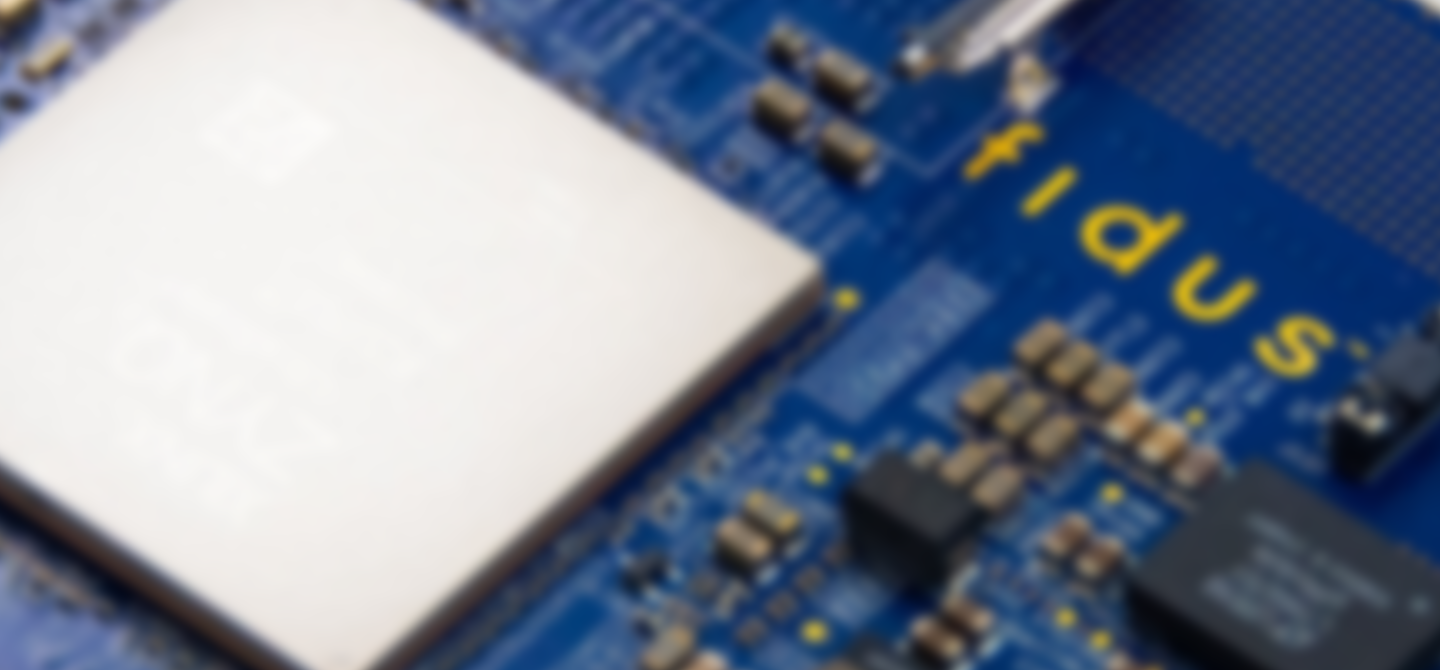Today’s observation applications, including geological and hydrological surveying have advanced immensely with the use of drones. Drones can use high-resolution camera systems to acquire massive amounts of images and produce 3D visualizations. However, these visualizations require high-bandwidth, low-latency data acquisition and storage.
High-bandwidth, low-latency solutions come with tradeoffs. To find the right solution for 3D visualization, consider the following requirements:
Form Factor
Drones often require small and light form factor and are highly constrained by size. Understand what on-board functionality is imperative to the application.
Vibration
In addition to size constraints, mechanical vibration may be cause for concern. Eliminating vibration during flight is impossible, and thus must be accommodated for in the hardware selected to capture and store images. Design engineers must understand exactly how much vibration can be tolerated and consider mounting features that minimize vibration.
Storage Capacity
Flight time, power capacity of the drone, and other factors affect overall storage capacity demands. Recently, NVMe solid-state drives (SSDs) have expanded from 500 GB capacity, with access speeds of about 500 MB/s, to 2 TB drives with access speeds of about 3000 MB/s. Taking advantage of these advancements allows for a higher-end solution, if needed.
Learn what other requirements come into play with large-scale drone-based 3D visualization applications and how Fidus achieved high-bandwidth, low-latency data acquisition, transfer, and storage for an aerospace company.



